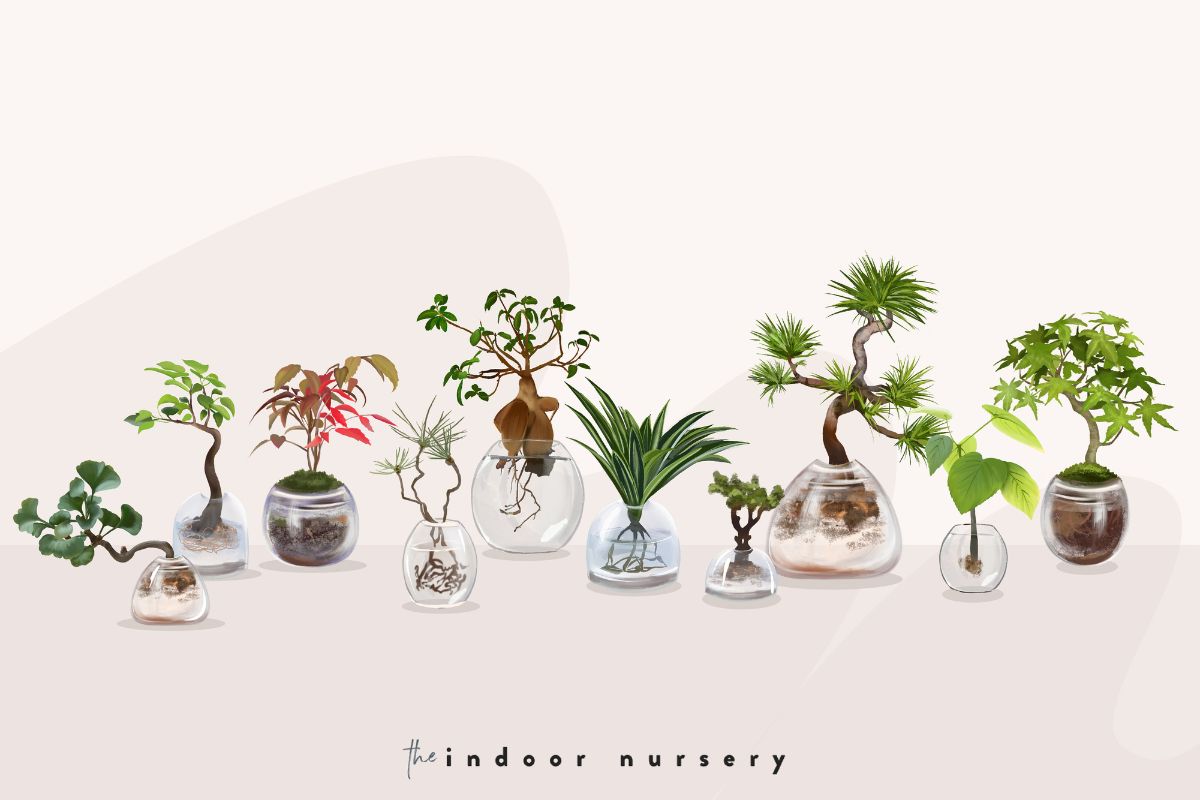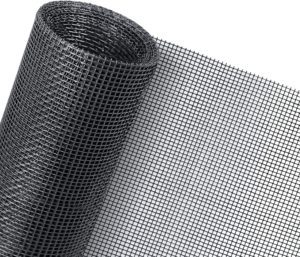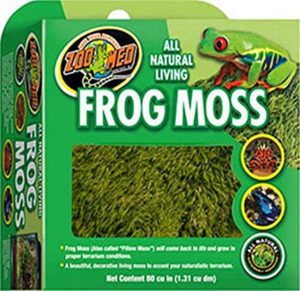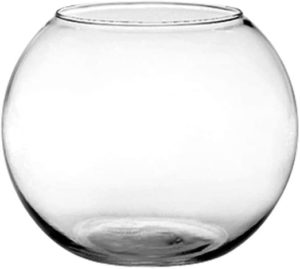I loveeee aqua bonsai because they are the perfect marriage between hydroponics and growing bonsai trees, both hobbies that get plant enthusiasts like myself very excited.
And the end product is an absolutely beautiful display of your prized possession, ready for display for anyone who walks by.
As I embark on this journey of starting my very first aqua bonsai, I thought I’d share what I’ve learned about the process so that you can join me.
What is aqua bonsai
Growing bonsai trees in water has earned the cute name “aqua bonsai”. Unlike a bonsai aquarium, which submerges miniature trees into an entire fish tank, aqua bonsai trees grow new roots into water while the trunk and branches remain above the water. Growing aqua bonsai trees uses the principles of hydroponics to grow healthy, happy bonsai trees indoors.
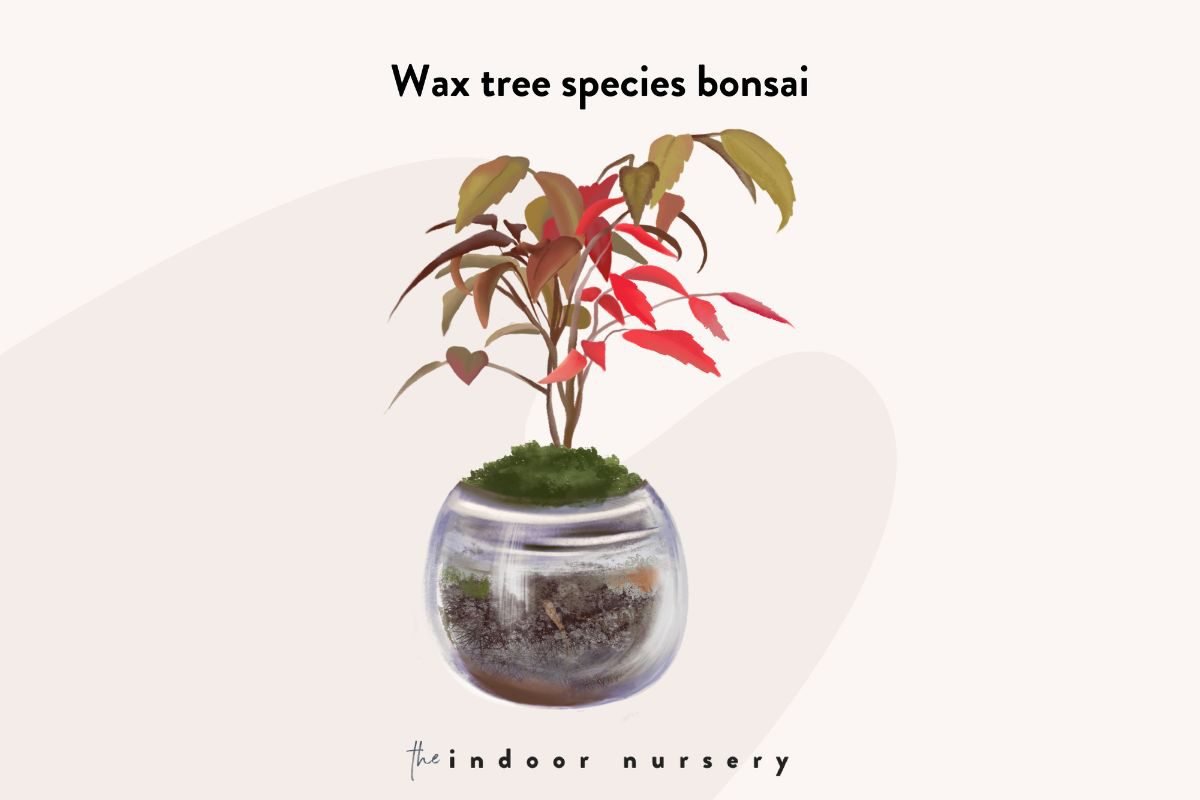
Can bonsai trees grow in water?
Yes, bonsai trees can grow in water, provided they are given proper nutrients and the water remains fresh and balanced.

The benefits of aqua bonsai
The main benefit of growing an aqua bonsai is that it is a beautiful addition to your home and is a fun way to grow bonsai trees. Aqua bonsai are very versatile and can be grown in a variety of different containers, including vases, bowls, and even fish tanks.
PRO TIP: These make great gifts for plant lovers 😉
How to get started with an aqua bonsai
Any time you’re growing plants in water, you need to work out the ideal pH levels, fertilizer ratios, and container size. This is no different when growing aqua bonsai.
Choosing a container
The type of container you choose will depend on the type of plant you are growing and the look you are going for. Some common containers for aqua bonsai include vases, bowls, and fish tanks.
Choosing a bonsai tree
When choosing a bonsai tree for your aqua bonsai, it is important to select a plant that is well suited for growing in water. Some common plants that can be used for aqua bonsai include:
- Maple tree species
- Wax tree species
- Pine trees
- Ginkgo tree seeds
If you want to grow your bonsais from seeds, this is a great personal blog that documents the entire process.
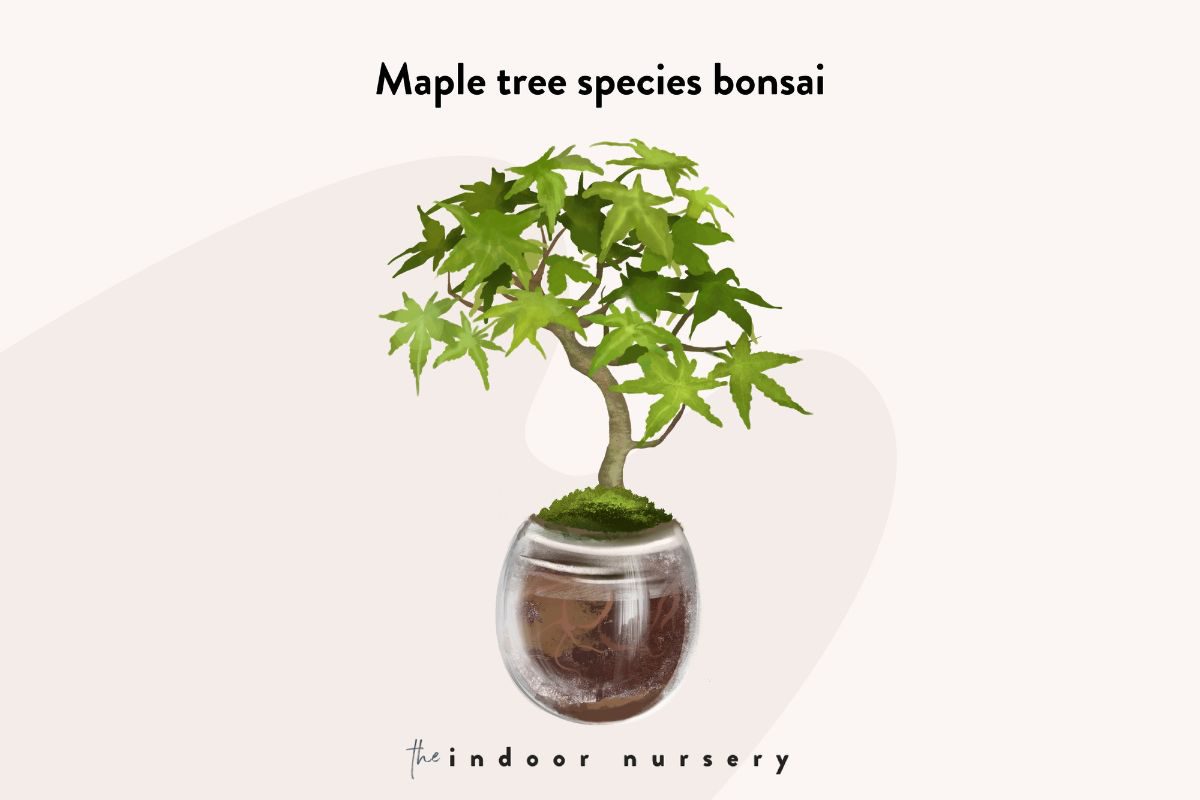
Transferring your bonsai from soil to hydroponics
Whenever you’re transferring plants from soil to hydroponics, you’ll generally follow these steps.
- Gently remove your bonsai plant from its pot and shake off the soil.
- When as much soil is removed from the roots as possible, place the plant in a hydroponic system. If you don’t have a hydroponics system set up (yet!), then try using an airstone instead. Be mindful of the pH levels, semi hydroponics nutrients, and water purity.
- Once new roots begin to grow, you can transfer your aqua bonsai to your chosen container. Use a growing medium, like pons, and a net pot to help hold the plant in place.
- Fill the reservoir with filtered water and add 2 drops of liquid hydroponics fertilizer for every 250 ml of water.
- Cut mesh screen to fit over the top of the container, around the bonsai. Cover the mesh screen with live moss so that it surrounds the base of the bonsai trunk. Spritz with filtered water.
Change the water every two weeks, refilling with filtered water and corresponding amount of fertilizer.
learn more about bonsai plants
- How to keep bonsai leaves small
- How long do bonsai trees live? Longer than you.
- How to care for your Japanese black pine bonsai
- How to grow aqua bonsai (water bonsai)
- How to care for a Red Maple bonsai tree
- Pomegranate bonsai tree care guide for beginners
- 15 bonsai styles and shapes that will inspire you
- Bonsai palm tree care: How to care for palm tree bonsais

